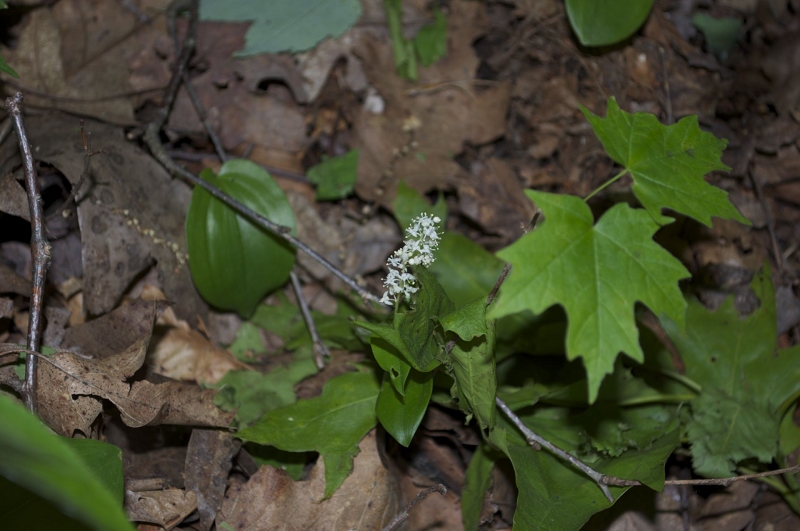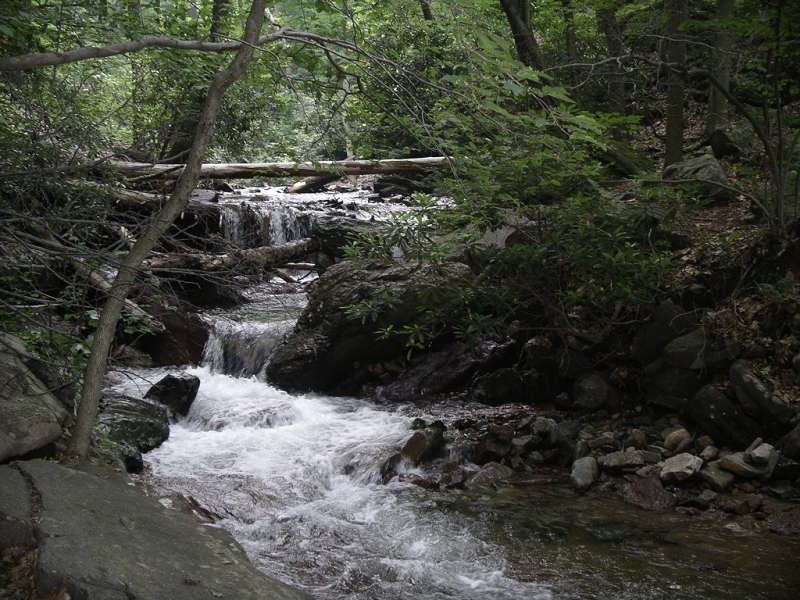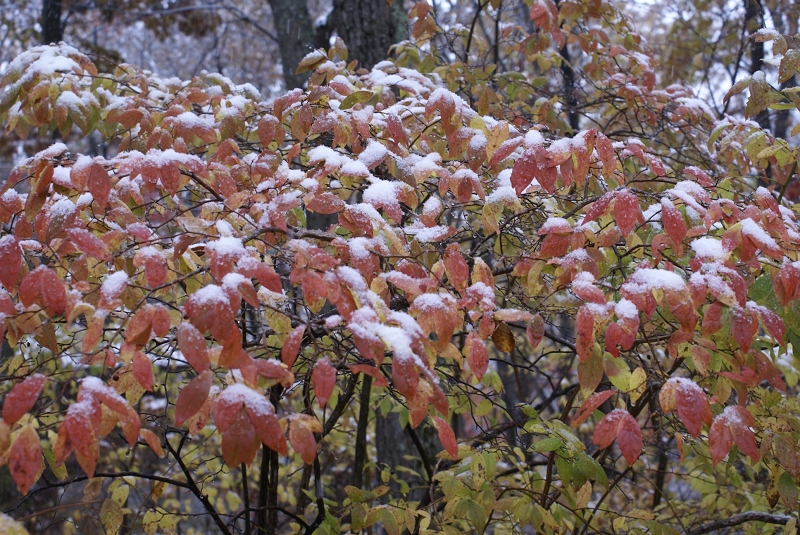The vast possibilities of our great future will become realities only if we make ourselves responsible for that future.” – Gifford Pinchot
Foresters seek to perpetuate existing forests and restore degraded forests, but why?
Forests are critically important to human life and the environment in a myriad of different ways.
Since time immemorial, forests have been understood as wood supply, both for long-lived useful products and fuelwood. And for hundreds of years – if not longer – forests have been understood as necessary to provide for clean water supply. Our understanding of forests and forested ecosystems has improved dramatically over the past 125 years, and while a sustainable wood supply is important to the local and global economy and must not be ignored, the forest is also valuable in many other ways that remain often-unrecognized.
Clean water is by far the highest-value commodity produced by a healthy forest. A 2000 study estimated that the value of water from National Forest System lands was $3.7 billion/year. Given the reliance of much of New Jersey on surface water from reservoir, canal, and river systems, the importance of forests is very much a local issue. In addition to drinking water concerns, forests also provide excellent habitat for fish, and myriad other animals and plants reliant on cool, clean water.
[Click here to learn more]
Clean air is also an important forest product. Imagine each broad leaf or needle as a tiny air filter. In leaf, healthy trees are photosynthesizing. Air is passing through tiny holes in leaf surfaces. Carbon dioxide is being processed into its components: carbon (stored within the wood of the tree), and oxygen (stored within the wood of the tree and also released into the environment). Traditional air pollutants are often trapped within the leaf and do not exit. When the leaves eventually fall, those pollutants are deposited into the soil instead of your lungs.
New leaves take their place each spring, and this process continues.
[Click here to learn more]
Healthy forests are carbon sinks, taking carbon dioxide from fossil fuel emissions and storing it in the above- and below-ground wood of each tree. Examine the next tree you see and consider that over 99% of the carbon in that tree came from the thin air. Now consider how many trees and how much mass is in an acre of forest, or in a row of street trees. Now consider an entire forest or an entire urban or community forest. That’s a very large amount of carbon storage.
Forests are also habitat and/or food sources for an amazing array of wildlife and flora. While we commonly associate forests with deer, bear, and turkey, consider the true number of species of wildlife truly dependent on forests. Any one of a number of birds, mammals, reptiles, amphibians, fish, insects, and others may rely on forests, forested wetlands, or cool, clean waters from forests for all or part of their life cycle. At least 37 species listed as endangered or threatened by the State of New Jersey rely on forests, which does not include common or rare (but not imperiled) species. [Click here to learn more]
And let’s not forget the many plants that live beneath the forest canopy. Many such plants have co-evolved with New Jersey forests and rely on the microclimate and periodic disturbances inherent in the natural history of New Jersey’s forests to reproduce and thrive. Whether observing the many orchids that occupy the pine barrens or the oak forests of north Jersey, interesting plants and wildflowers that grow in or near forested wetlands, or plants uncommon within the State because we are at either the northern or southern edge of the species’ range, many of these depend on healthy forests.
[Click here to learn more]
Soils are created and conserved in forests. Through the action of leaf fall and the proper functioning of soil microbes (and larger organisms), organic soil is created and soil conditions are improved in forests. Also, think of streamside forests that separate waterways from farm fields and development as filters. Rainwater may flow over those areas, collecting surplus nutrients, soil, pollutants, and other material, that would be deposited into streams.
Streamside (riparian) forests can slow down such surface water flow, causing soil to be deposited.
Surface water could be captured within wetlands or in other natural features, or filtered through the forest soils. There, soil microbes have the opportunity to reduce nitrates, decompose organic pollutants, and capture other pollutants. Tree roots and affiliated fungi can capture phosphorous and nitrogen compounds, and incorporate them into the tree.
Trees and forests are also important for recreation, microclimate, and energy use. Given a choice to camp in the middle of a field or a forest during the blazing summer sun, which would you choose? Trees provide shade, yes, but they also provide evaporative cooling. A large healthy tree can transpire (move water up from its roots and out through its leaves) at a rate of over 100 gallons in a day. Thus, much of the temperature difference felt is actually from evaporative cooling. Plant a tall tree well-suited to the site in a prime location next to your house, and reap the benefits from lower energy bills.
[Click here to learn more]
And of course, forests are a place to leave modern civilization behind. Whether hiking on the Appalachian Trail or your favorite State Park, bird-watching or walking down a tree-lined street, hunting or fishing, picnicking or mountain-biking, camping or trail-running, snowshoeing or skiing, there is something completely unquantifiable about the solace of a forest and trees.
But, why forestry? Can’t forests just take care of themselves?
[Click here]







